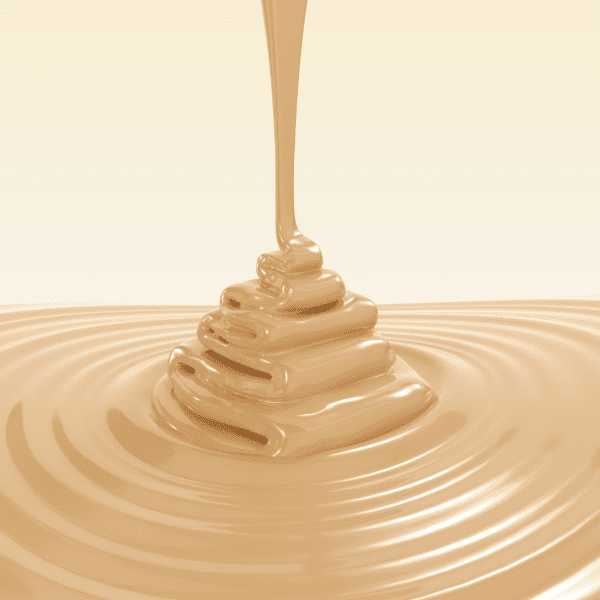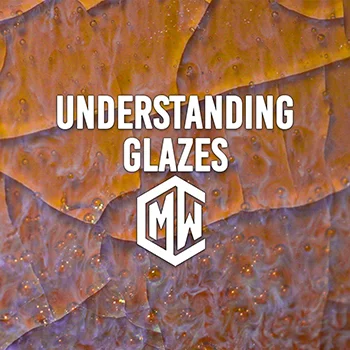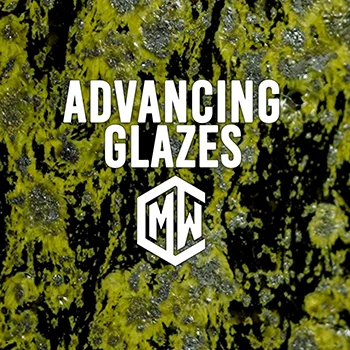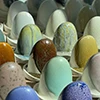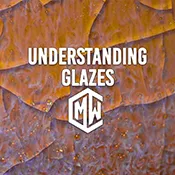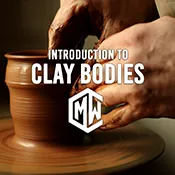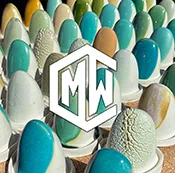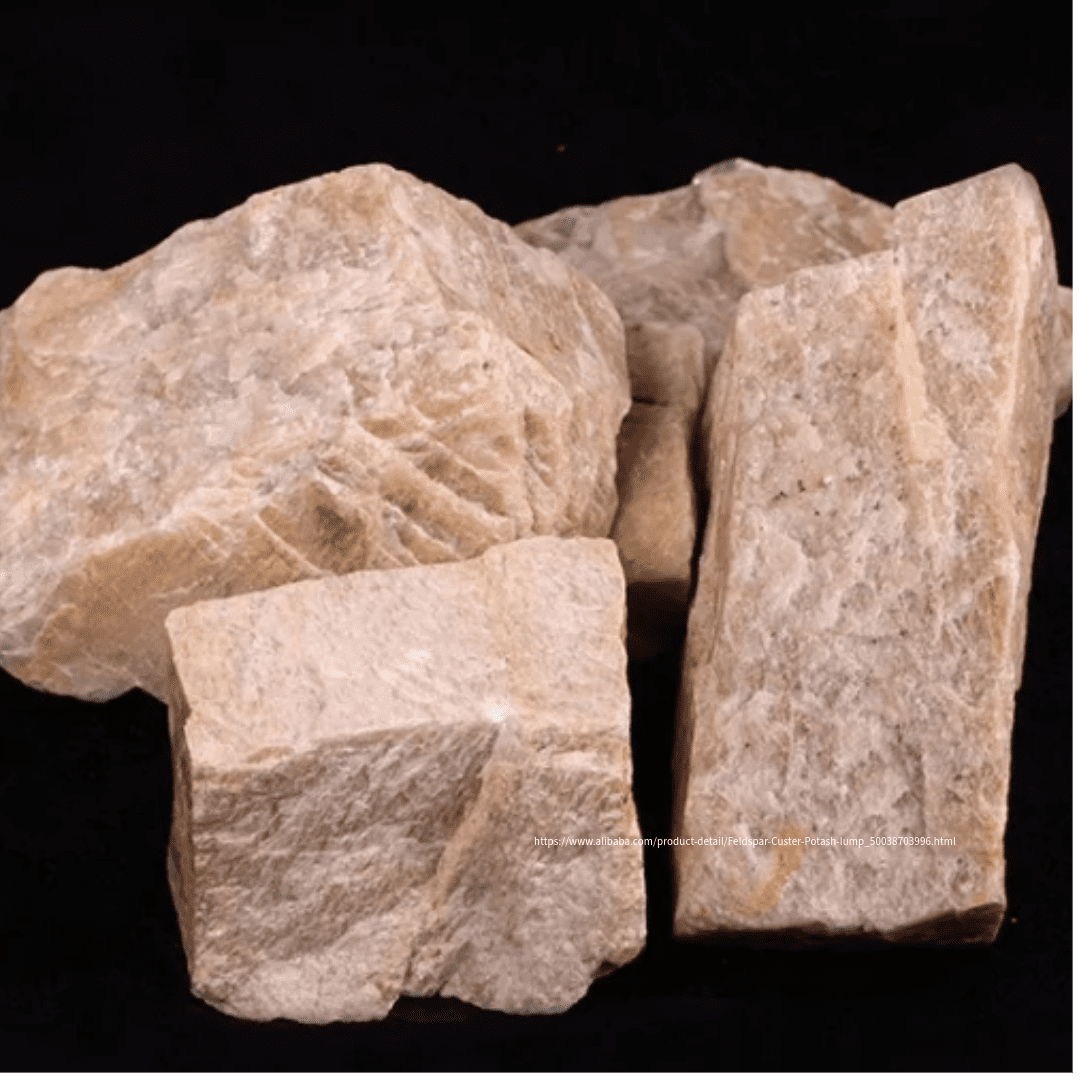
Diamonds may have the bling, but in the ceramics studio, a humble rock reigns supreme: feldspar.
This powerhouse mineral makes up a whopping 60% of the Earth’s crust, hiding in everything from granite peaks to the sandy beach beneath your toes. But in your hands, feldspar becomes something truly special – your ceramic sidekick, second only to clay in importance for your clay body recipes.
So, why all the love for this humble rock? Here’s the feldspar lowdown:
Technically, Geologists call feldspar a specific mineral, but ceramicists think of it as a blend of oxides that help to form glass in our glazes and clay bodies during the firing.
Team Soda vs. Team Potash:
The feldspar family comes in two main flavors as far as ceramicists are concerned: soda (sodium/natrium)feldspar and potash (potassium/kalium) feldspar.
Potash feldspars are used primarily in clay bodies to promote vitrification, which is the process of turning the part of the body into glass. It melts at a slightly higher temperature (1200°C) than soda spar. Sodium feldspars are most commonly used in glazes.
For your clay body, potassium feldspar is the king. Unlike its sodium cousin, which has some issues when used in a clay body. The sodium is slightly soluble, which can lead to problems like short plasticity and plucking. Using potassium feldspars helps to prevent frustrating workability issues and ensures smooth, reliable clay.
Bonus Round: Don’t forget the other players in the feldspar game! Feldspathoids like Nepheline syenite and Cornwall stone offer unique properties that are similar to feldspars, but still behave differently and won’t work as well in your clay body. It supplies potassium, sodium and alumina, but has less silica than feldspars. For substitution purposes it can be considered a sodium based feldspar, but due to its lower silica content it can cause increased fluxing in some glaze formulas.
Wait… How can I find my clay body’s absorption? Watch CMW’s YouTube: Self-Absorbed | How to find your clay body’s absorption
Custer’s Legacy (On Hold):
For decades, Custer Potash has been used by potters, glassmakers, and industry giants alike. This South Dakota feldspar, mined by Pacer Minerals, was a legend for its affordability, purity, and consistent particle size.
Sadly in October 2023, the melody changed. With a heavy heart, Pacer Minerals shut down operations, leaving the US without its last domestic source of potassium feldspar
While the silence echoes, it also speaks of opportunity. Custer’s absence isn’t just a loss, it’s a chance to redefine our relationship with materials. T
here’s no perfect replacement, no one-size-fits-all substitute to this widely used potassium source. The closest material in relation to Custer is G200 EU and Mahavir. It’s not without its own shortcomings- cost being the biggest factor. It’s not cheap to import materials from overseas like G200 EU from Spain and Mahavir from India, as it would be for those living in the US. But both materials come with the benefit of having substantially higher purity than Custer, which had long suffered from quality issues.
I know all this and yet… my glazes are… off. Watch CMW’s YouTube: Gravity of the Situation – Specific Gravity and Viscosity in Ceramics
G200 EU or Mahavir Substitute?
One thing to be aware of, is that with the loss of Custer, we have been seeing a lot of messaging on the internet that G200 EU or Mahavir, are 1:1 substitutions.
This couldn’t be farther from the truth.
Are all three materials potassium feldspars? Yes? But are they the same? No. It’s like saying that you and your siblings are essentially the same person, as you all come from a common genetic code.
Below in the image are two glazes that have the same underlying chemistry, but different materials. On the left is the glaze with Mahavir and on the right, is the glaze with Custer.

To match the chemistry with the different materials. The mahavir version uses 53.45% Feldspar, while the Custer version uses 63.08%.
9.63% more Custer was needed to match the chemistry of the glaze. And we have had very similar discrepancies with clay body conversions as well. Far from 1:1
A New Chapter for Ceramics?
Mining our materials comes with a natural expiration date. Throughout history, materials have shifted, mines have been exhausted, and companies adapted- you can too.
Custer’s absence is a loss, but also a wake-up call.
It reminds us that mastery lies in understanding, not just acquiring resources. Don’t be at the mercy of changing availability, fickle markets and fluctuating prices.
Unleash the boundless palette hiding within your glazes and learn the chemistry of your materials with us. Craft glazes with intention, not guesswork.
Adjust to any material, any challenge and become a master of your craft, not a victim of circumstance.
Our Understanding Glazes course provides your foundation. Dive deep into the science and learn to predict outcomes, troubleshoot problems, and create with confidence. No matter your experience, this is your chance to rise above the limitations and embrace the boundless potential of ceramics.
Still Curious?
Learn more in CMW’s podcast, For Flux Sake Episode 55: The end of an era…Custer Feldspar On today’s episode the gang talk about the end of Custer Feldspar. How do we all adjust to one of America’s most popular, and reasonably priced, feldspars going out of production? Hear more about potential substitutions and the ripple effect this will have on the ceramic community.
Ready to dive deeper?
Loved learning about ceramic glazes? Want to go even deeper? Check out our Workshops & Courses, now available in Spanish, or YouTube Channel where Matt breaks it all down, myth-busting and Stull chart included!




